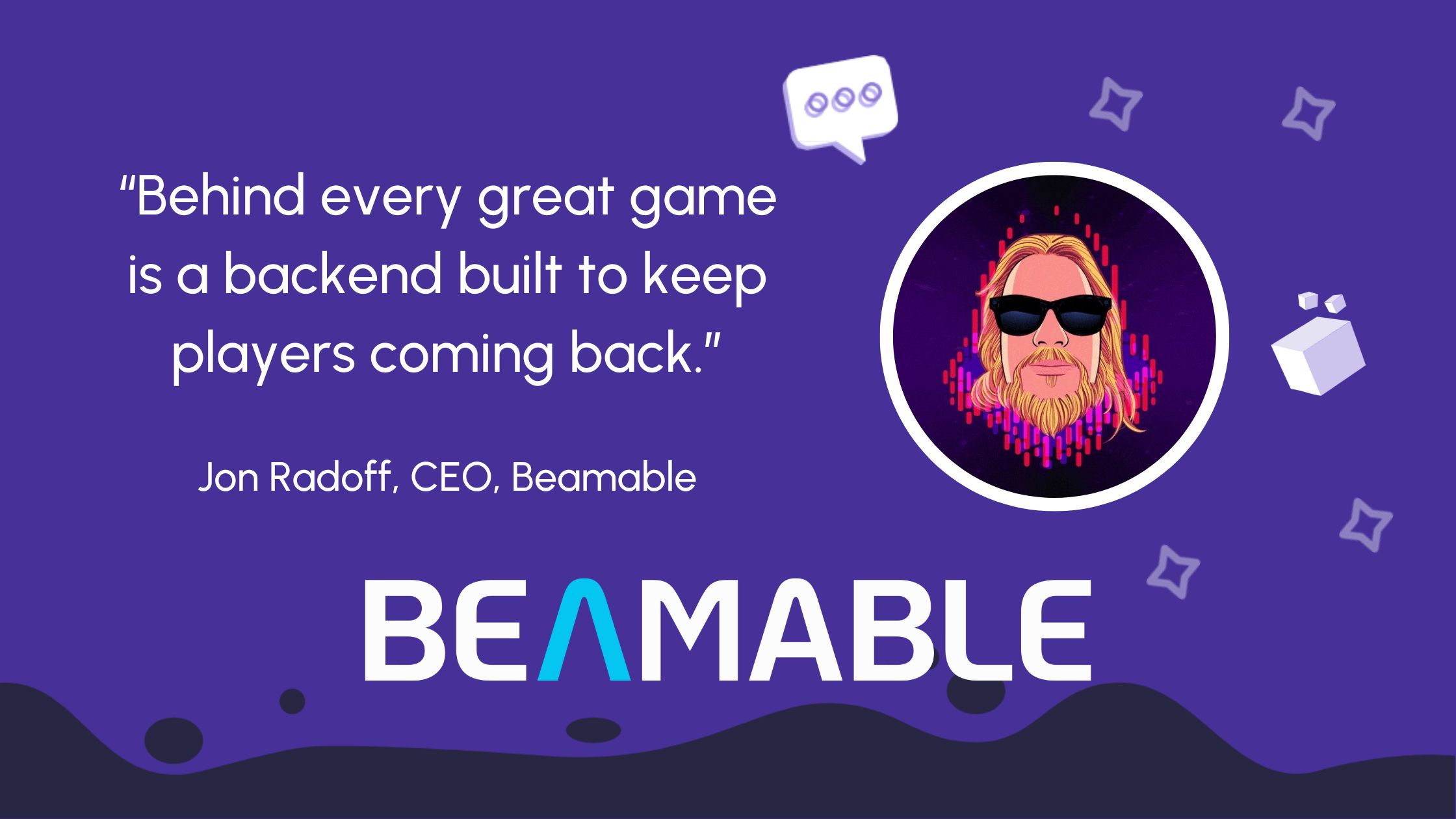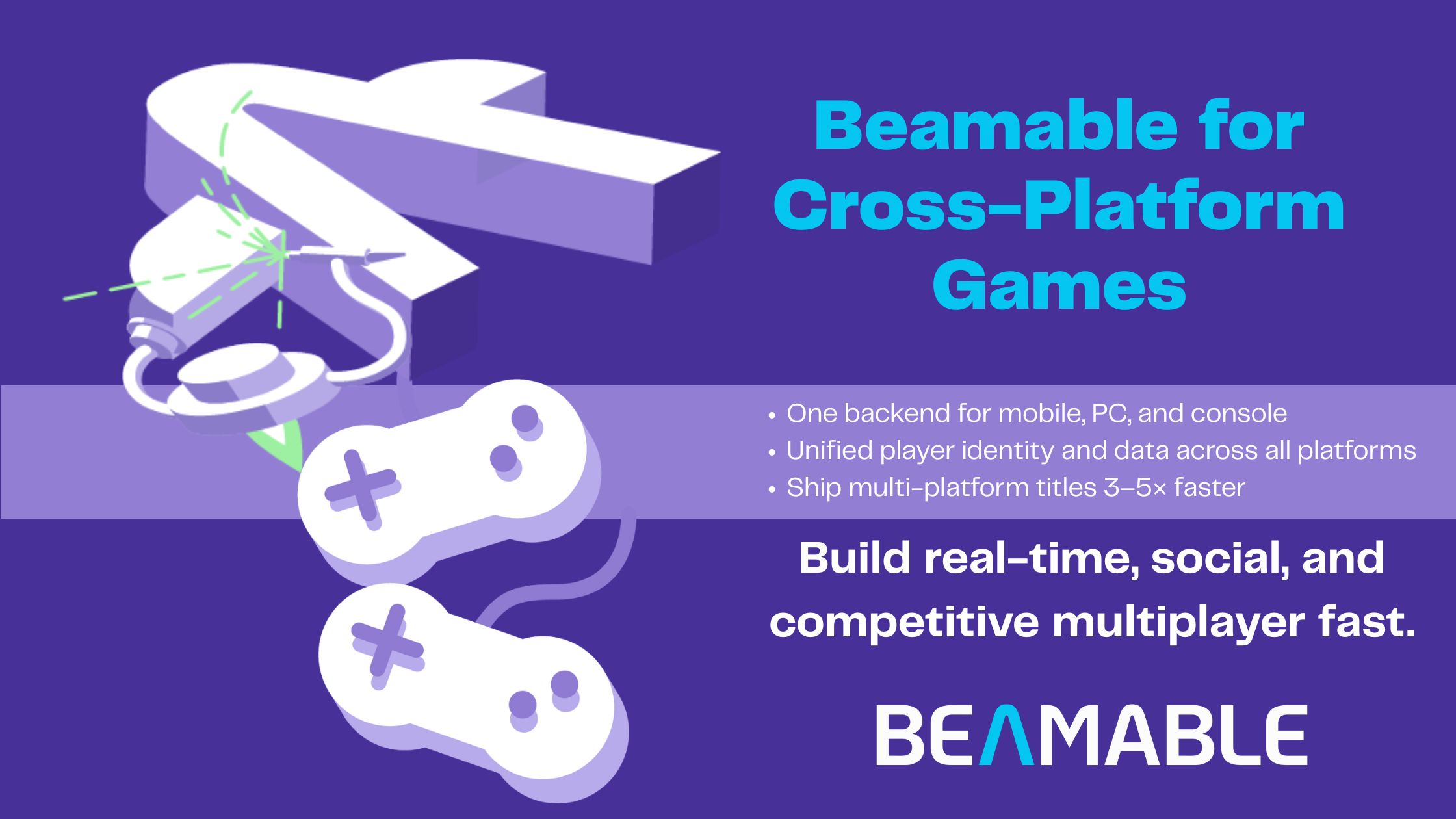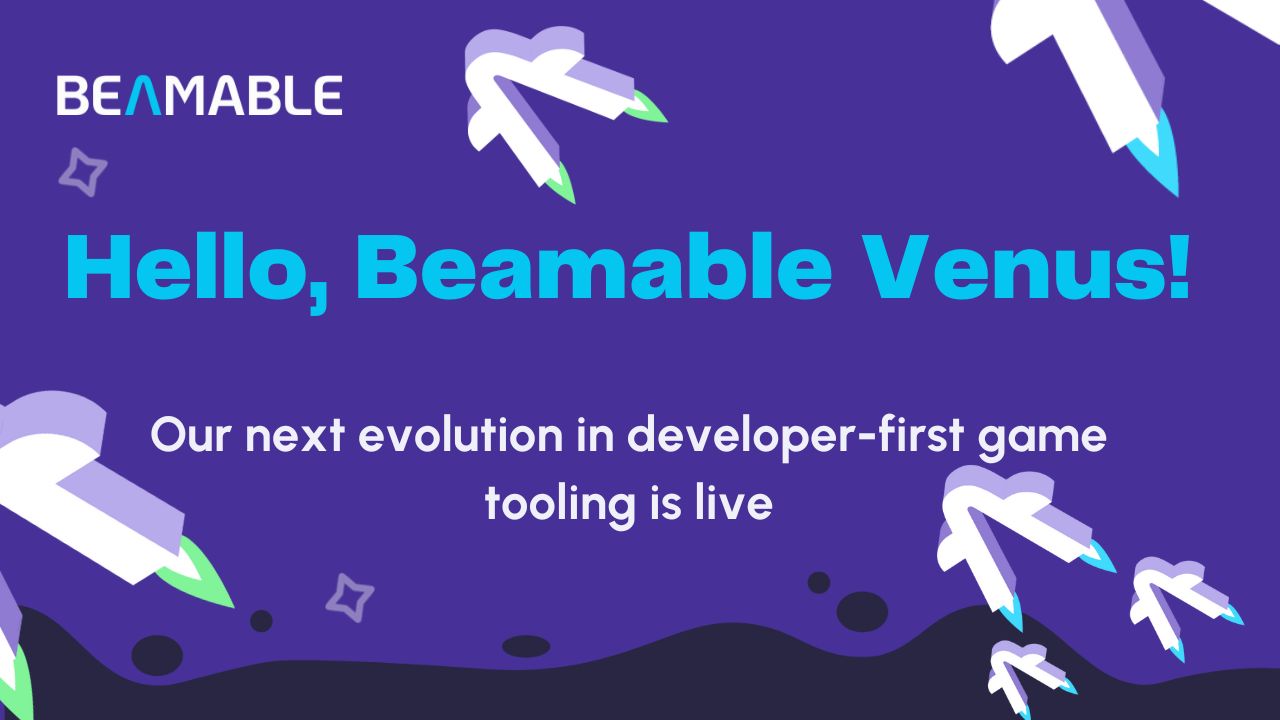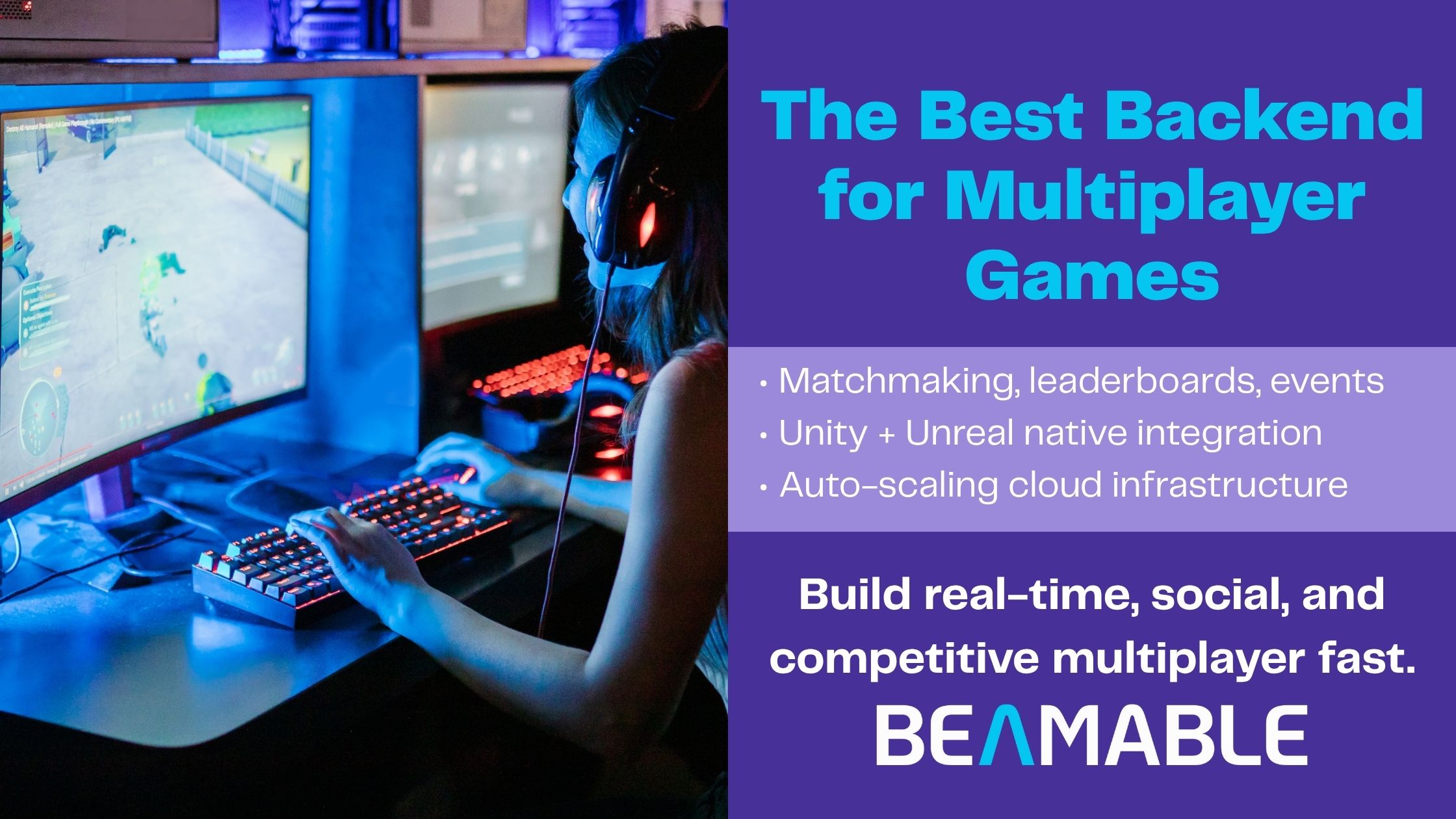The Link Between Backend Design and Player Retention

The Link Between Backend Design and Player Retention
By Jon Radoff
When game developers talk about retention, they often focus on gameplay loops, monetization design, or community engagement. But behind the scenes, there’s another major factor that directly influences whether players stick around: backend design.
From seamless matchmaking to real-time events, the way your backend is structured can make or break your game’s long-term success.
Why Does Backend Matter for Retention?
A Unity Gaming Report found that retaining players for 7 days increases the chance of 30-day retention by 60%. Retention is all about keeping players engaged without frustration — and the backend plays a critical role:
- Load Times and Stability: Every second of load time increases player churn risk. According to Google, even a one-second delay in mobile load time can reduce conversions by 20%. In gaming, this translates directly into lost play sessions.
- Matchmaking Quality: Poorly tuned backend matchmaking can frustrate players with unbalanced matches, leading to early abandonment.
LiveOps and Events: A robust backend lets you launch live events, seasonal content, and personalized rewards quickly — keeping players coming back for fresh experiences.
What Are the Hidden Costs of a Weak Backend?
Too many studios underestimate backend complexity. They build bespoke systems that:
- Take months (or years) to finish.
- Drain engineering resources that should be focused on gameplay.
- Struggle to scale when players show up in force.
The result? Technical debt that creates bottlenecks and leaves players with login failures, unstable servers, or broken live events — all of which erode retention.
In fact, a Newzoo study shows that 40% of players quit a game after experiencing persistent technical issues. That’s retention lost before gameplay even gets a chance to shine.
How Can Smart Backend Design Improve Retention?
When backend design is handled strategically, studios can:
- Deliver Seamless Experiences: Fast, stable logins and matchmaking keep players engaged.
- Iterate Quickly: Game-ready services (auth, commerce, leaderboards, chat) allow teams to focus on content, not infrastructure.
- Enable Personalization: Data-driven backend systems let you segment and reward players based on behavior, boosting engagement.
- Support Hybrid Web2 + Web3 Models: For studios experimenting with digital ownership or decentralized economies, flexible backend design ensures scalability.
At Beamable, we’ve seen first-hand how studios improve retention by outsourcing backend complexity. By powering 90+ live games, 7 billion monthly API calls, and $3M ARR, Beamable.Network proves that a strong backend can scale without slowing down development.
Building Retention into Your Infrastructure
Backend design isn’t just technical — it’s a retention strategy. Here are three best practices:
- Design for Scale from Day One. Assume success and prepare for it. Use infrastructure that scales automatically with player demand.
- Automate LiveOps. Backend should allow non-engineering teams (like product managers and community leads) to run live events, promotions, and experiments without code.
- Prioritize Stability and Uptime. A downtime incident can cause permanent churn. Uptime targets of 99.9%+ should be the baseline.
“Player retention isn’t just about gameplay — backend design directly impacts stability, load times, live events, and personalization. A strong backend boosts retention by delivering seamless experiences, supporting iteration, and preventing technical churn.”
FAQ
Q: How does backend design affect player retention?
A: Backend design influences load times, stability, matchmaking, and live events. A poor backend leads to churn, while a strong backend improves retention by delivering seamless and personalized experiences.
Q: What are common backend mistakes that hurt retention?
A: Overbuilding custom systems, neglecting scalability, and underestimating LiveOps requirements are frequent mistakes that frustrate players and reduce retention.
Q: How can developers improve backend-driven retention?
A: By using scalable infrastructure, automating LiveOps, and ensuring high uptime, developers can support long-term player engagement.
Build Fast. Launch Smart. No Limits.




